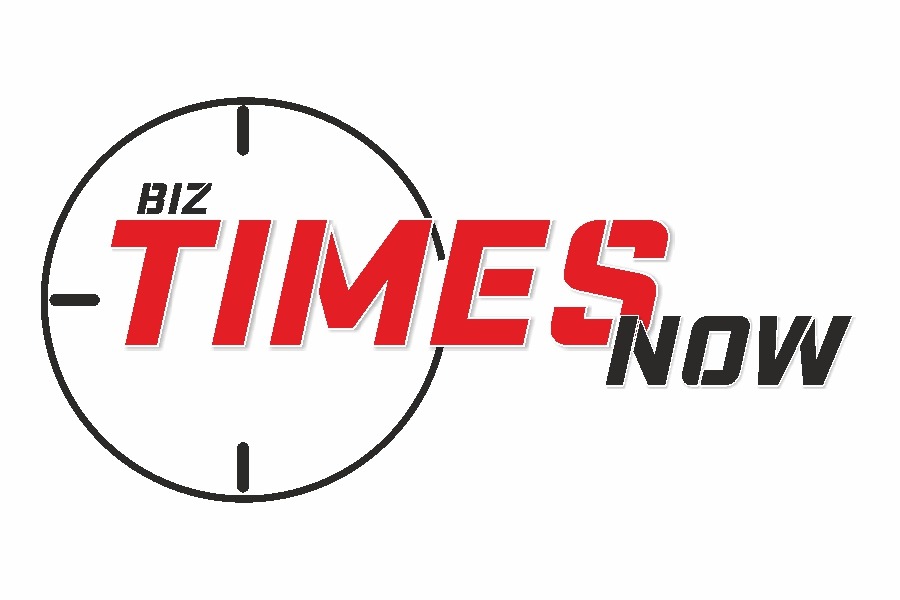The world of technology has seen a remarkable change in recent years, particularly with the shift from traditional desktop computing to cloud-based workspaces. The decline of the desktop, once a common symbol of personal computing, appears to be on the horizon as more and more businesses and individuals are embracing the advantages of cloud computing, such as its flexibility, accessibility, and collaborative potential. Let’s dive into the factors that are driving this shift, the benefits and obstacles of cloud-based workspaces, and what it could mean for the future of computing.
Is the desktop really dead? Maybe not just yet. However, its reign as the unrivaled ruler of the digital world is definitely coming to an end. The future is filled with endless possibilities, and it’s our responsibility to embrace this exciting journey with imagination, mindfulness, and a sense of adventure.
The Development of Computing Paradigms
For decades, the traditional desktop model has been the go-to choice for personal and professional computing. It’s known for its locally installed software and hardware. Nevertheless, the emergence of cloud computing has presented a new perspective, providing a different approach that focuses on remote storage, processing, and easy access. This transformation goes beyond just a change in technology; it signifies a profound shift in how people and companies embrace computing.
The Benefits of Cloud-Based Workspaces
- Enhanced Flexibility and Easy Access: Cloud-based workspaces offer unmatched flexibility and effortless accessibility. With an internet connection, users can access their data and applications from any device, freeing them from the limitations of a fixed location. This flexibility is especially advantageous at a time when working remotely and having flexible schedules are becoming increasingly common.
- Spice it up with some exciting and unique features: Cloud-based workspaces thrive on collaboration and real-time updates. Collaboration becomes effortless as multiple users work together on documents, creating a dynamic and efficient work environment. This feature enhances collaboration, allowing people from various locations to work together on projects effortlessly without any version control problems.
- Cost Efficiency: Cloud computing eliminates the need for costly hardware upgrades and maintenance. Businesses have the flexibility to adjust their computing resources according to their needs, ensuring they only pay for what they actually use. This not only helps organizations save money but also enables them to use their resources more effectively.
- Exciting Updates and Maintenance: Cloud-based applications receive automatic updates from service providers, guaranteeing that users constantly enjoy the newest features and security enhancements. Users and IT departments can now be free from the hassle of manual software updates and maintenance tasks.
Exciting and intriguing aspects
- Ensuring Security and Privacy: The transition to cloud-based workspaces brings up valid concerns regarding the protection of data and maintaining privacy. Ensuring the security of sensitive information stored on remote servers necessitates implementing strong encryption and authentication protocols to thwart any unauthorized access attempts. With the constant stream of security breaches making headlines, it is crucial for businesses and individuals to thoroughly evaluate the security measures of their selected cloud service providers.
- Internet Connectivity and Cloud Computing: Cloud computing is highly dependent on a stable and reliable internet connection. In areas where internet connections are unreliable or slow, users may encounter delays and interruptions in their service. The reliance on stable internet infrastructure presents a hurdle, particularly in distant or underdeveloped regions.
- Exploring Data Ownership and Control: When it comes to entrusting data to third-party cloud service providers, there are important considerations regarding ownership and control. Understanding service agreements is crucial for users to navigate how their data is handled, who owns it, and the conditions for accessing or transferring it.
- Transition Challenges: Moving from traditional desktop setups to cloud-based workspaces can pose a variety of challenges for businesses. Thoughtful planning, employee training, and consideration of legacy systems are essential for success. Some people may need help to adapt to new ways of working, mainly if they are used to traditional desktop environments.
Revolutionizing the World of Computing
Although the idea of the desktop becoming obsolete may be exaggerated, it is evident that cloud-based workspaces are revolutionizing the way we approach computing. The ever-evolving cloud technology and the growing popularity of remote work indicate that the traditional desktop model is losing its relevance.
Cloud computing is becoming increasingly integrated into our everyday lives, paving the way for exciting advancements in edge computing, artificial intelligence, and augmented reality. These cutting-edge technologies, when seamlessly integrated into cloud-based infrastructures, have the potential to revolutionize the way we engage with and utilize computing resources.
Revolutionising Work: Embracing the Digital Transformation
The emergence of the cloud-based workspace goes beyond mere technology; it involves a complete reimagining of the concept of work. It’s all about embracing a sense of adaptability, working together, and unlocking limitless possibilities for creativity. Imagine a world where we break free from the limitations of physical machines and embrace a future where our office knows no bounds, existing wherever we choose in the vastness of the cloud.
Is the desktop really a thing of the past? Maybe not just yet. However, its reign as the unrivaled ruler of the digital world is bound to come to an end. Let’s embrace the limitless possibilities of the future and chart our course through the ever-changing realm of the clouds. With a dash of creativity, a touch of caution, and an unwavering spirit of exploration, we can conquer any challenge that comes our way. As we embrace the exciting era of digital transformation, it’s essential to recognize that the decline of the desktop computer marks the start of a captivating new chapter.
Conclusion
The decline of the desktop is not a sudden event, but rather a gradual shift driven by the benefits provided by cloud-based workspaces. Cloud computing has become the top choice for individuals and businesses due to its flexibility, collaboration capabilities, cost efficiency, and automatic updates. Nevertheless, it is crucial to tackle challenges like security concerns, internet dependency, and data ownership issues in order to facilitate a seamless and secure transition. The future of computing is shaped by those who welcome change and harness the potential of cloud-based technologies. As we embrace the future of computing, we enter an exciting era of enhanced accessibility, seamless collaboration, and groundbreaking innovation.












Welcome To Biz Times Now
Welcome to Biz Times Now, the leading business magazine dedicated to providing invaluable insights and strategic guidance to top-level executives and managing personnel.